

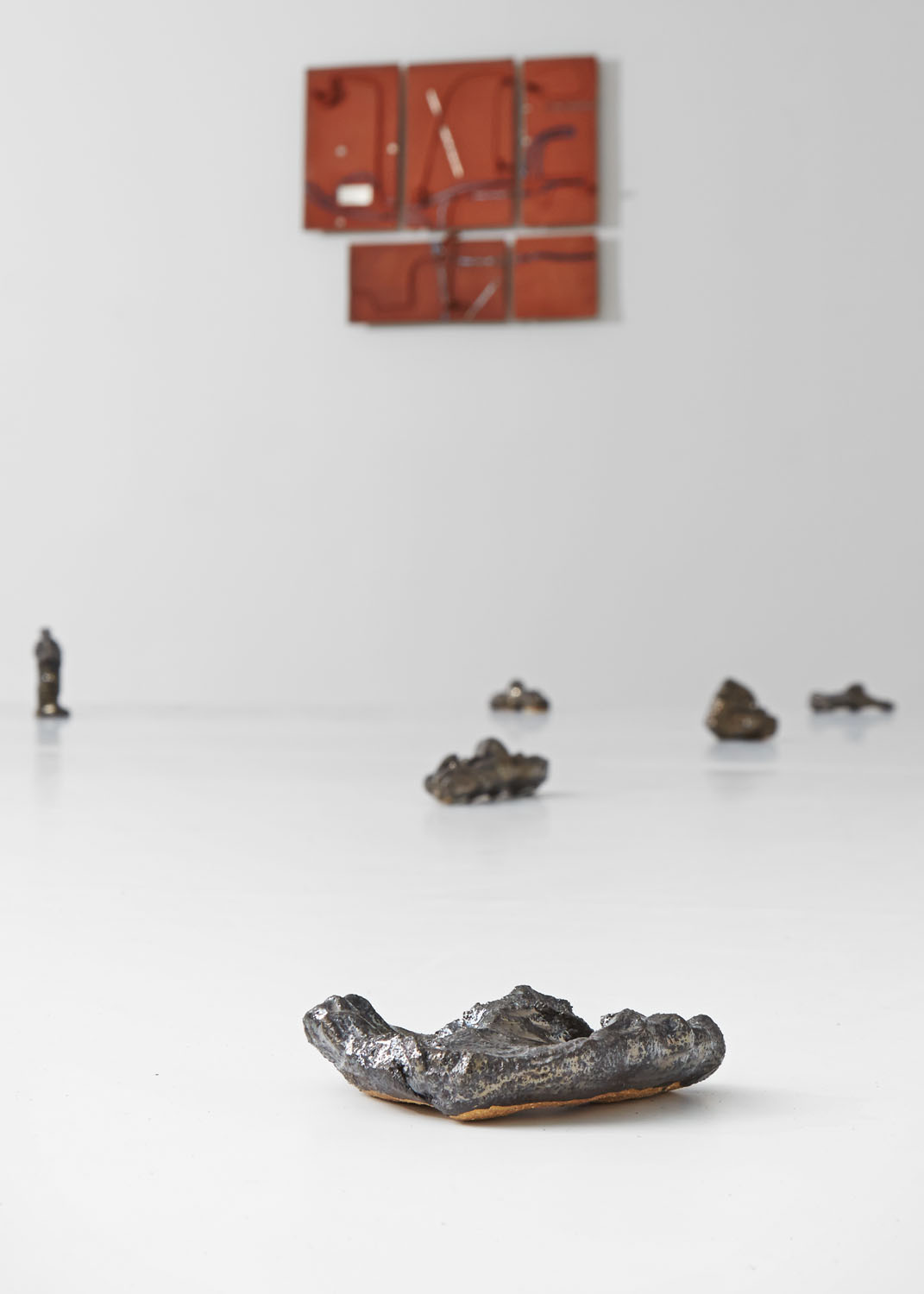



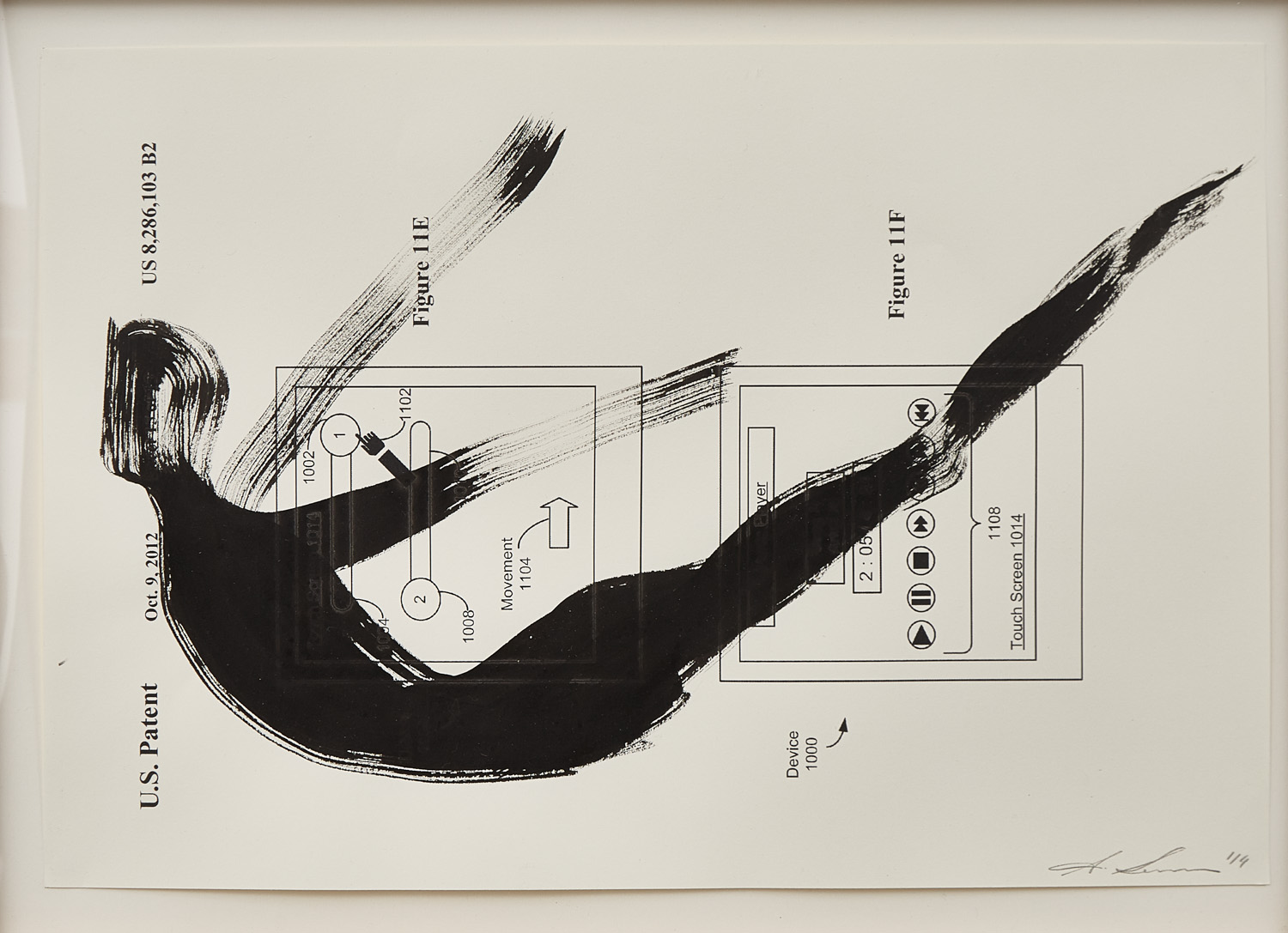








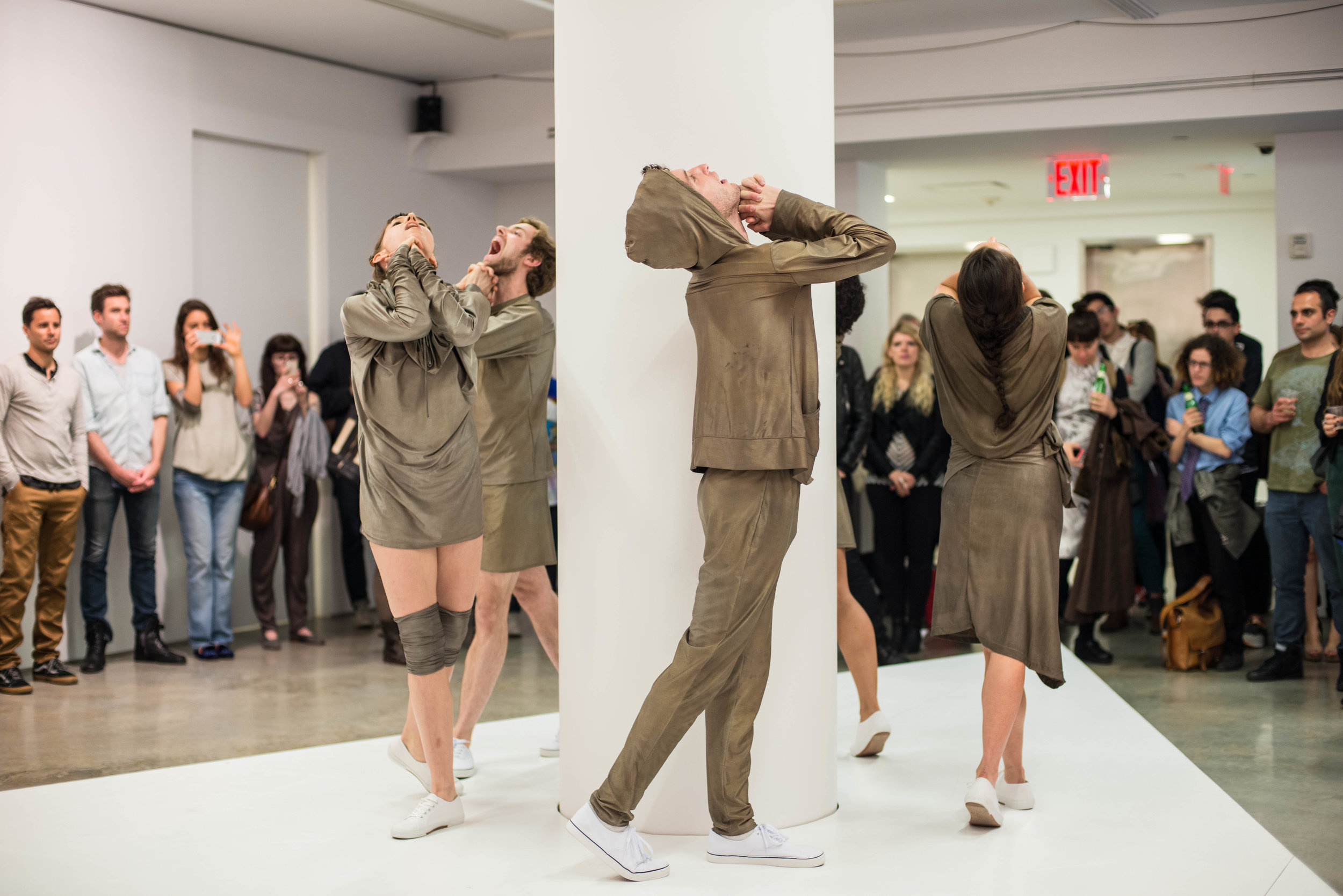












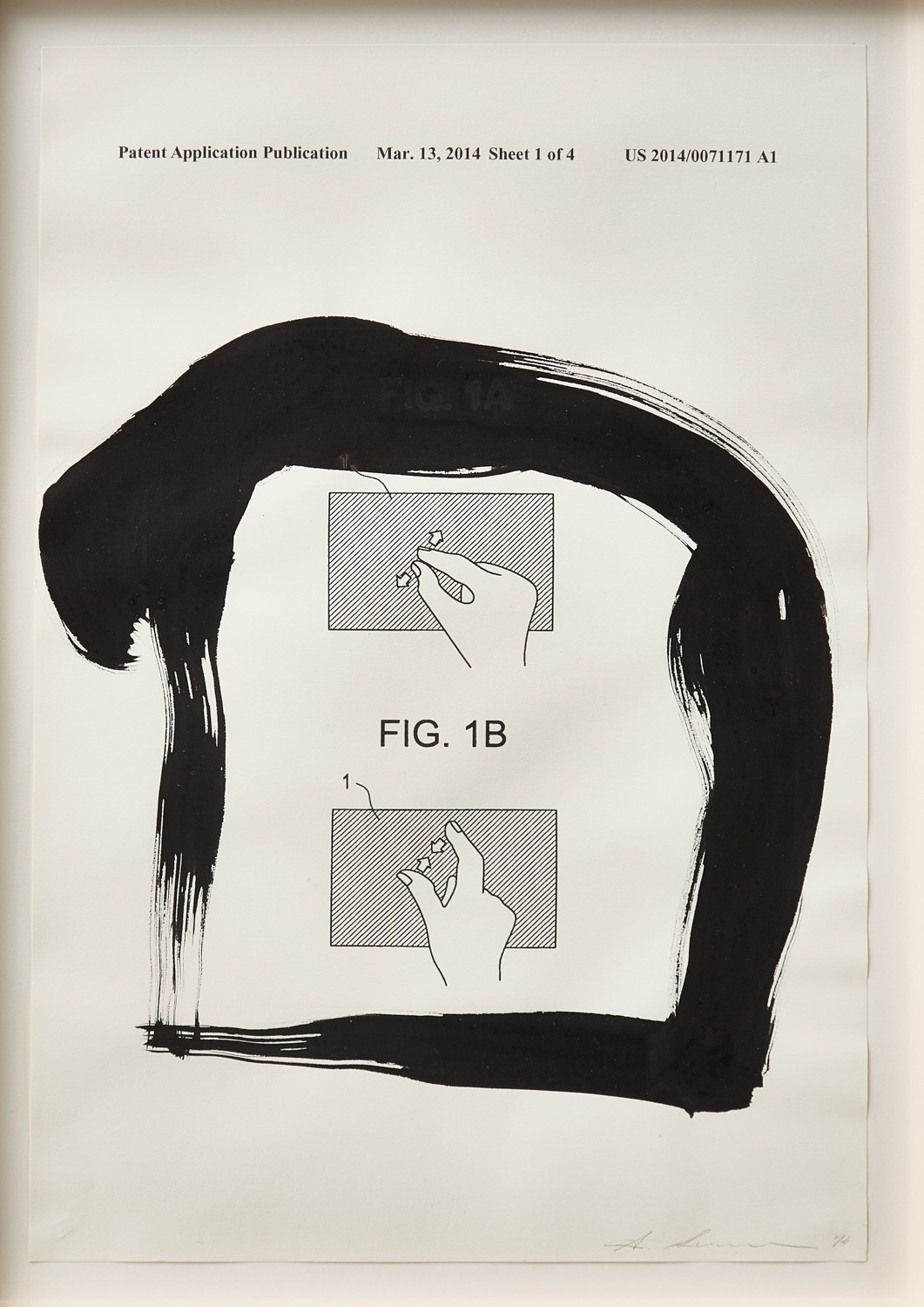



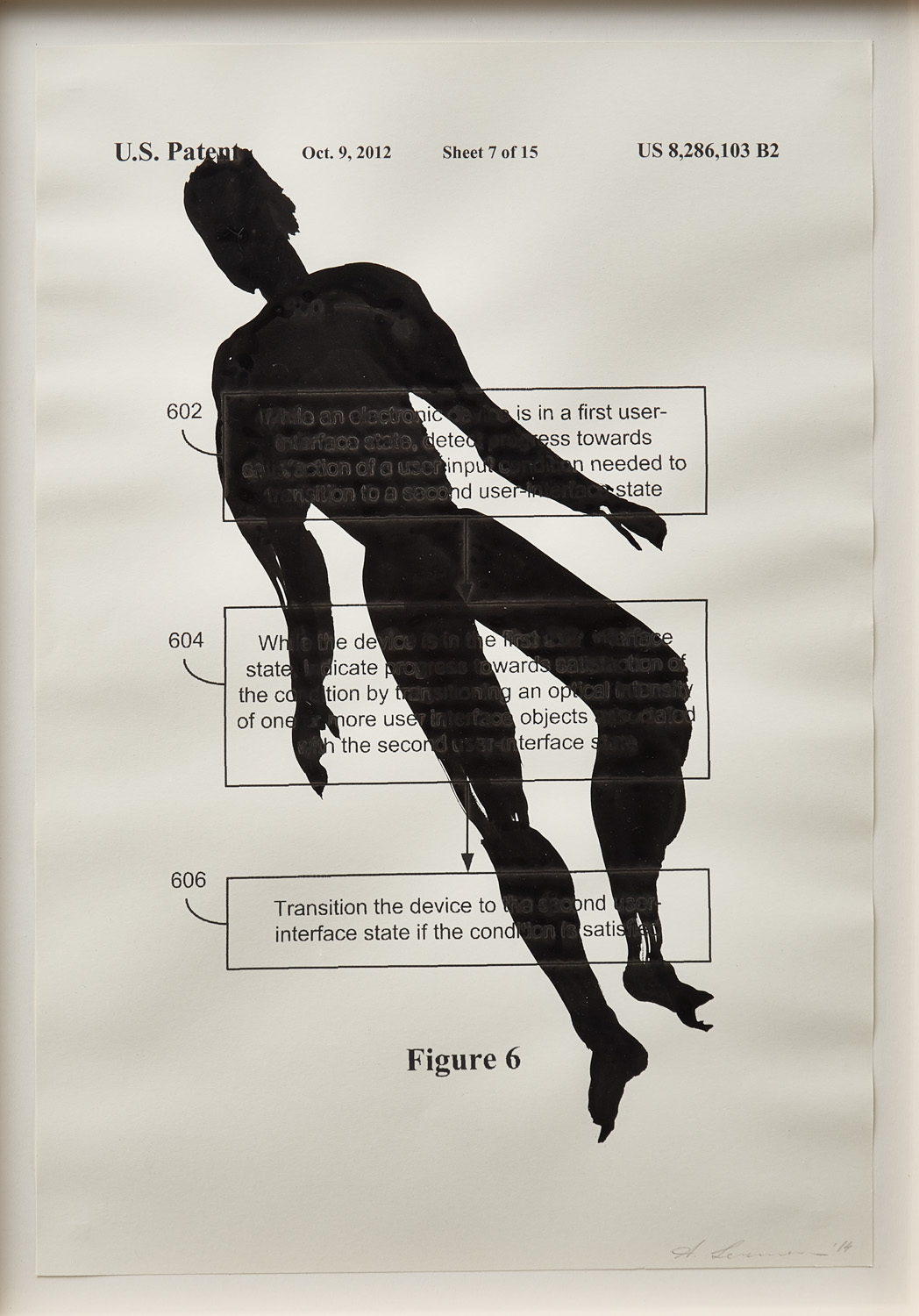



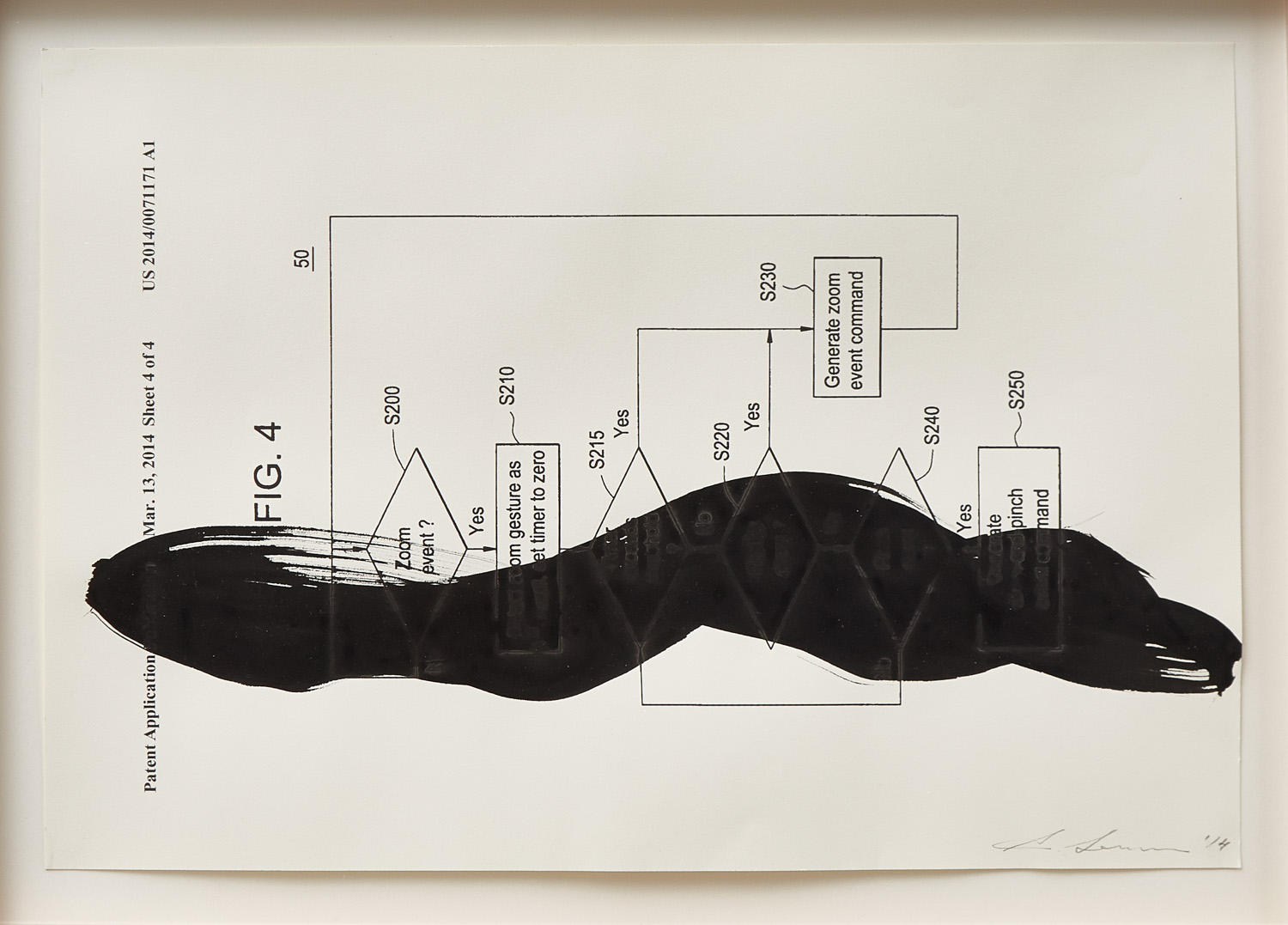

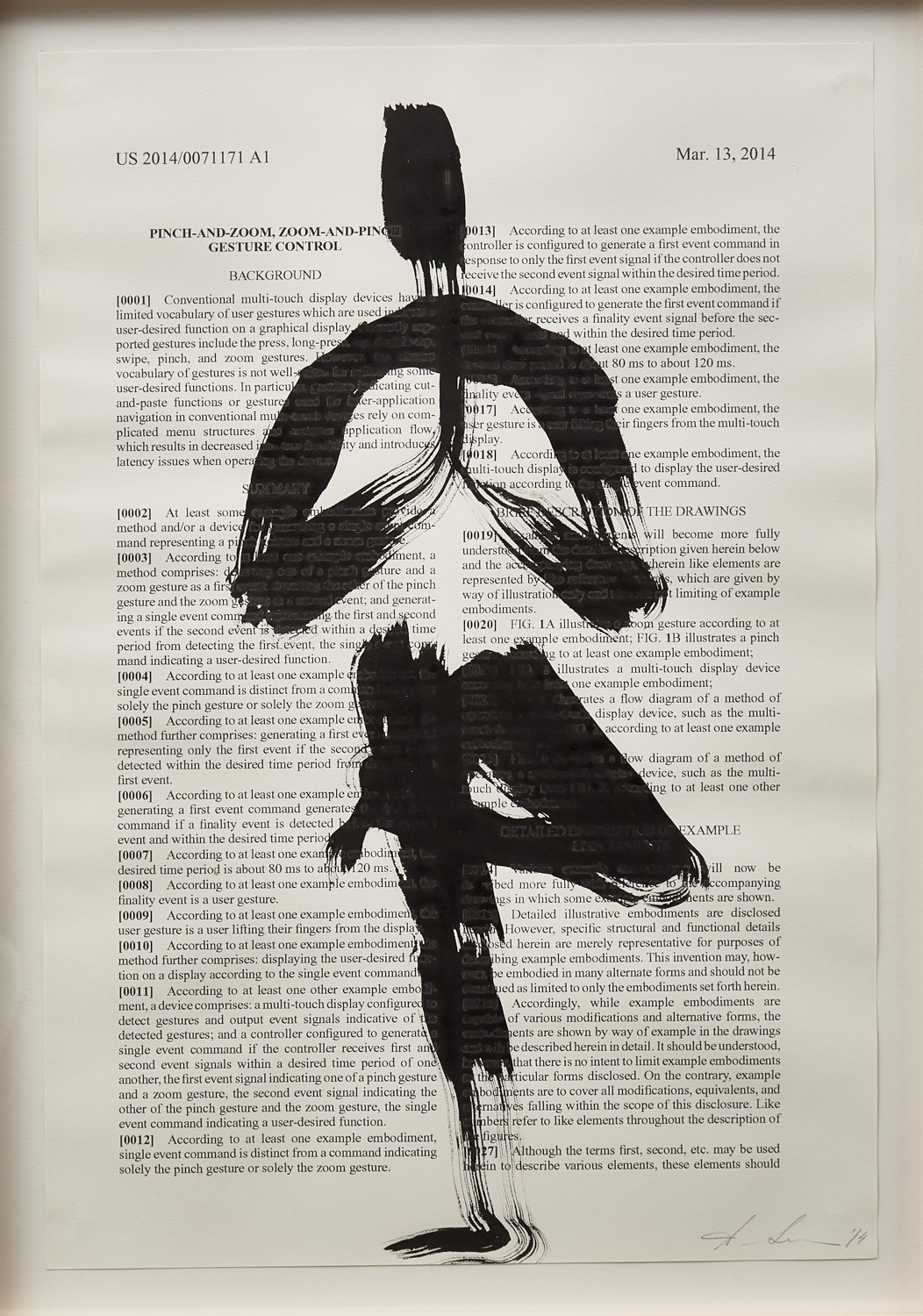








Immediate Release
2014, Terracotta, ceramics, Sumi ink drawings, performance.
Tina Kim Gallery
A coincidence of the calendar becomes a critical frame. The first of May commemorates May Day, an ancient folk festival meant to awaken the wintering body through conviviality, dance, and song, also, International Workers' Day, the 20th century's concession to the solidarity of laboring bodies in almost every country of the world. And now on May 1st of 2014, the opening of "Immediate Release," the new exhibition of multi-media artist Alexandra Lerman.
Alexandra Lerman's Immediate Release presents a multi-layered installation of drawings, terracotta tablets, ceramics, and performance by Madeline Hollander that literally and metaphorically diagrams the capture of the body by the intersecting forces of technology, capital, and representation. The inauguration of a new kind of May Day, then, that understands that the body's movements are no longer simply instrumentalized through the mechanics of labor, but also by the codification of its informal moments of respite: social communication, relaxation, aesthetic expression.
Two walls of the gallery are hung with terracotta maps depicting the gallery staff's circulation through the space, traced by a finger dragged across the wet tablet's surface and finished with a pinch, a now ubiquitous gesture for minimization, for which Apple briefly owned a patent. On an adjacent wall, Sumi ink drawings on legal forms render the 26 poses of Bikram Yoga, which tried to license to traditional, commonly-held wisdom of the body movements it taught. These components supply a kind of elementary formal dictionary for Hollander's choreographed performance that unfolds in front of them: at the opening, and then again on May 10th, the gallery's central column will become a kind of maypole for four dancers who loop through a series of movement sequences abstracted from Apple Inc.'s touch screen gestures, Bikram Choudhury Yoga Inc. poses, and moves from Balanchine™ Ballet. In the intervening time, the stage around the column will be strewn with freestanding ceramic totems impressed with the positions the body takes during the performance.
At one level, the performance exists as the corollary release to the implicit capture of the body through the licensed systems of movement it borrows from: emancipation through appropriation. The movements are loosed from their various proprietary rationalizations and applications, existing momentarily for and by themselves. And yet the intentionally awkward and repetitive choreography also asks where exactly is this body being released into? Not just a commercial gallery, but, more generally, another regime of representation that may prove to be no less administered.
We are reminded that the original spirit of the folk May Day, like every bacchanal, was not just immediate release but temporary release, too, sanctioned only by its agreement to be defined as an exception. In this way, Lerman's art is also like the festival: not an outside, but an interval- the moment of the body in mid-air, when the feet have left the ground and not yet returned.
-- A.E. Benenson